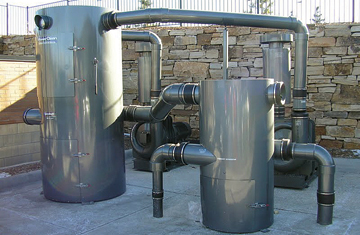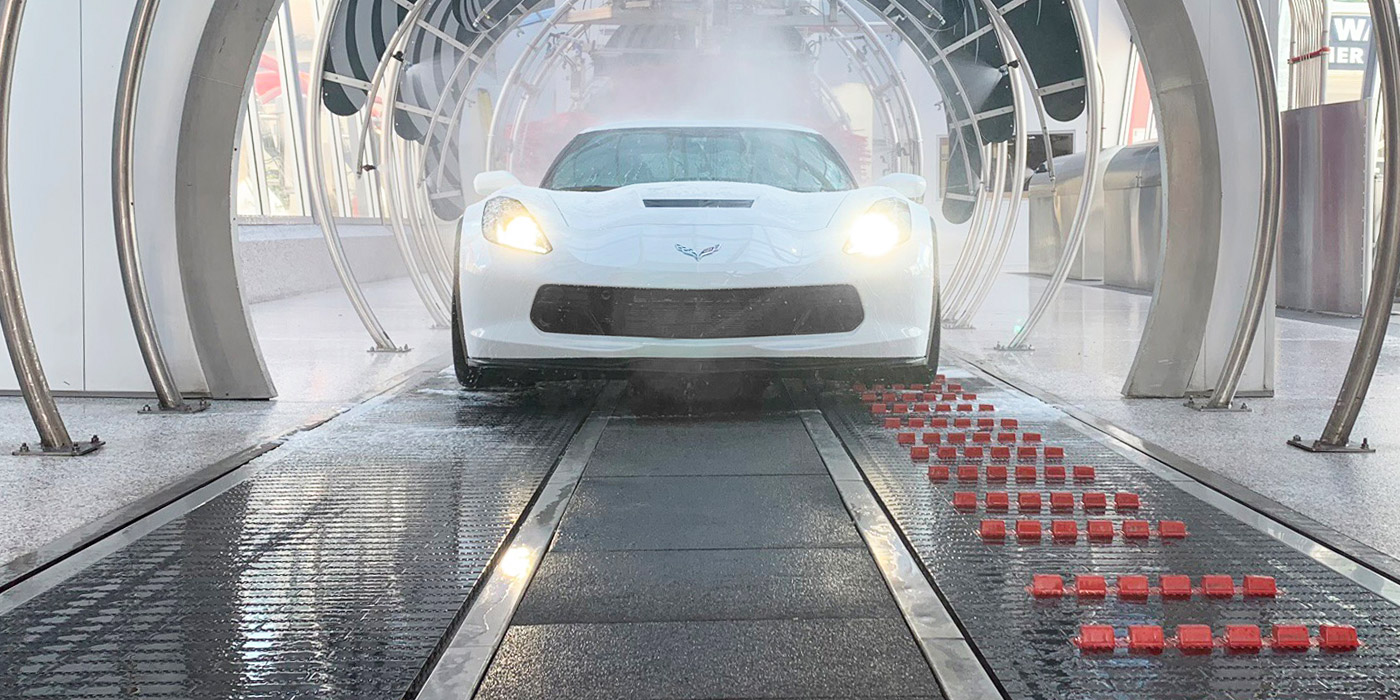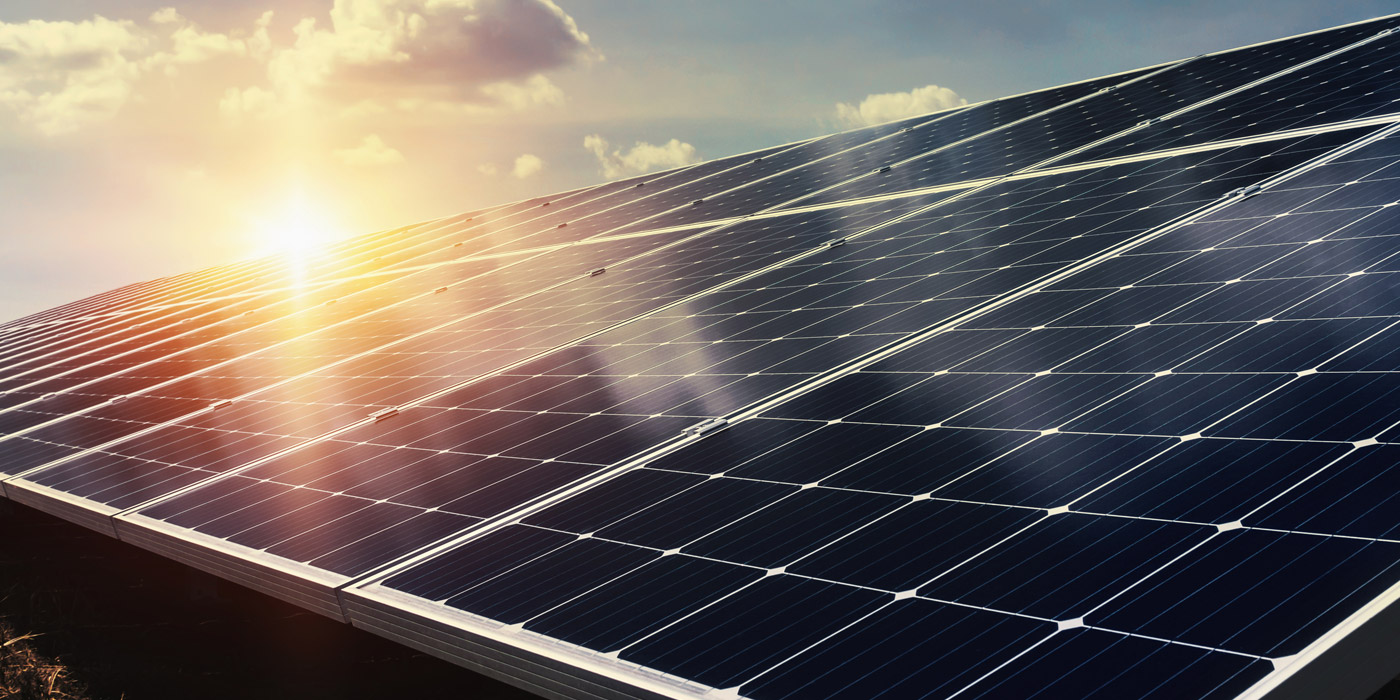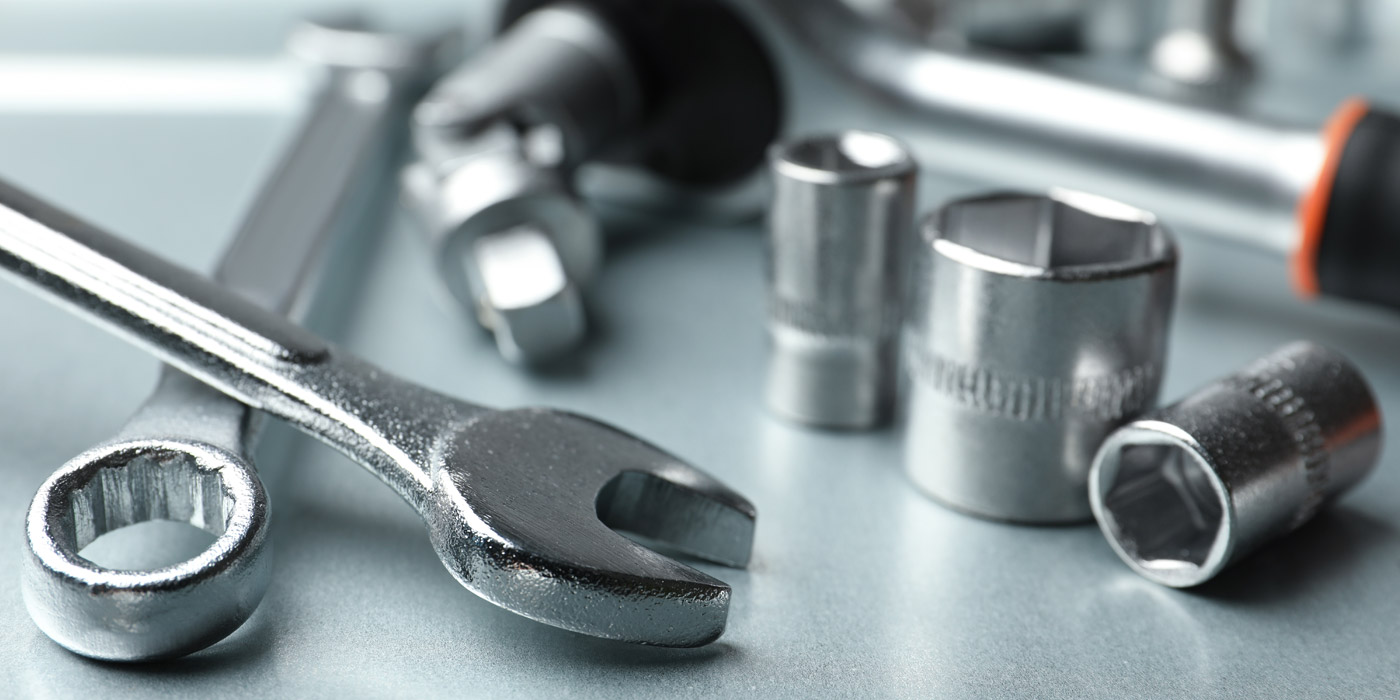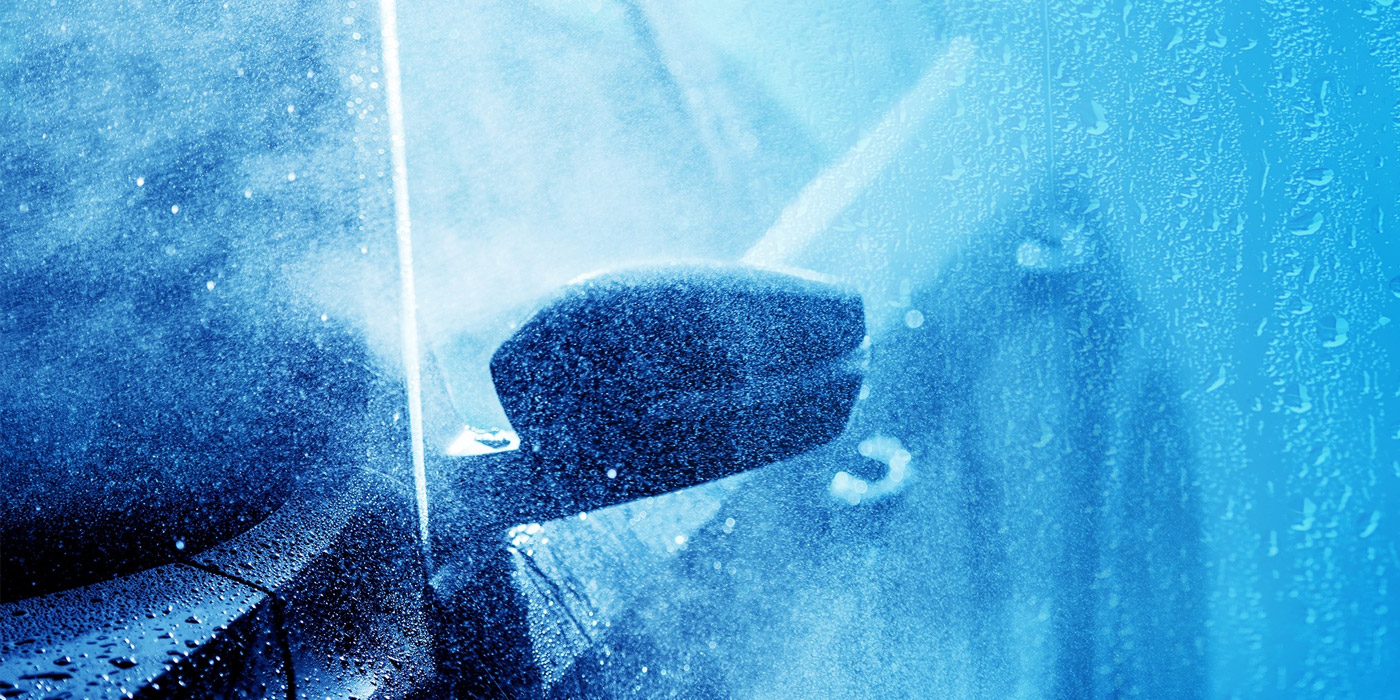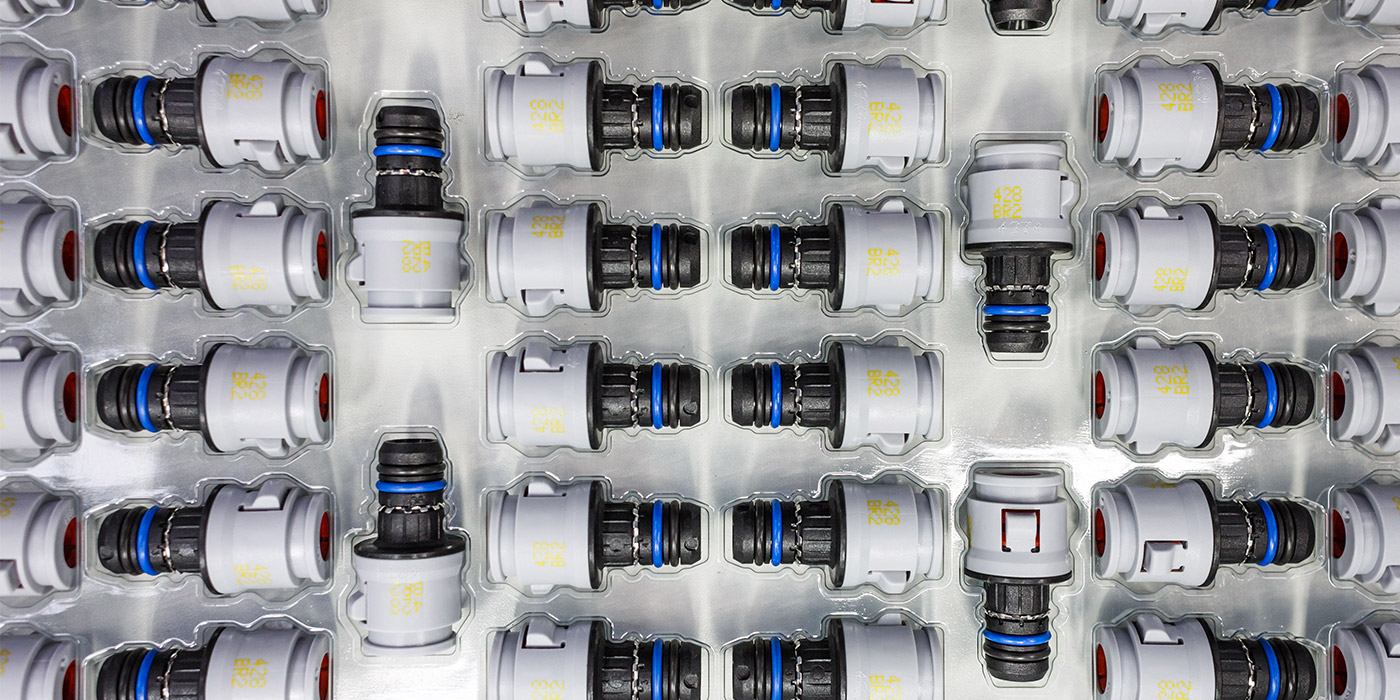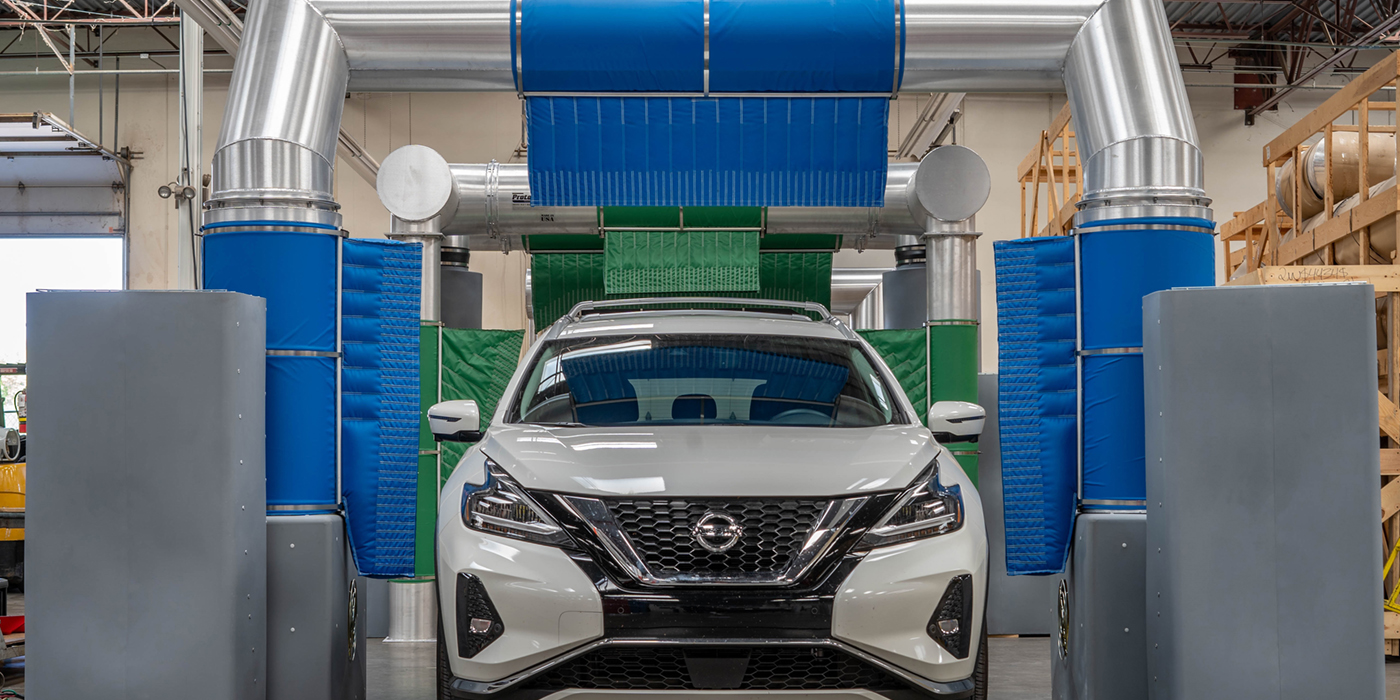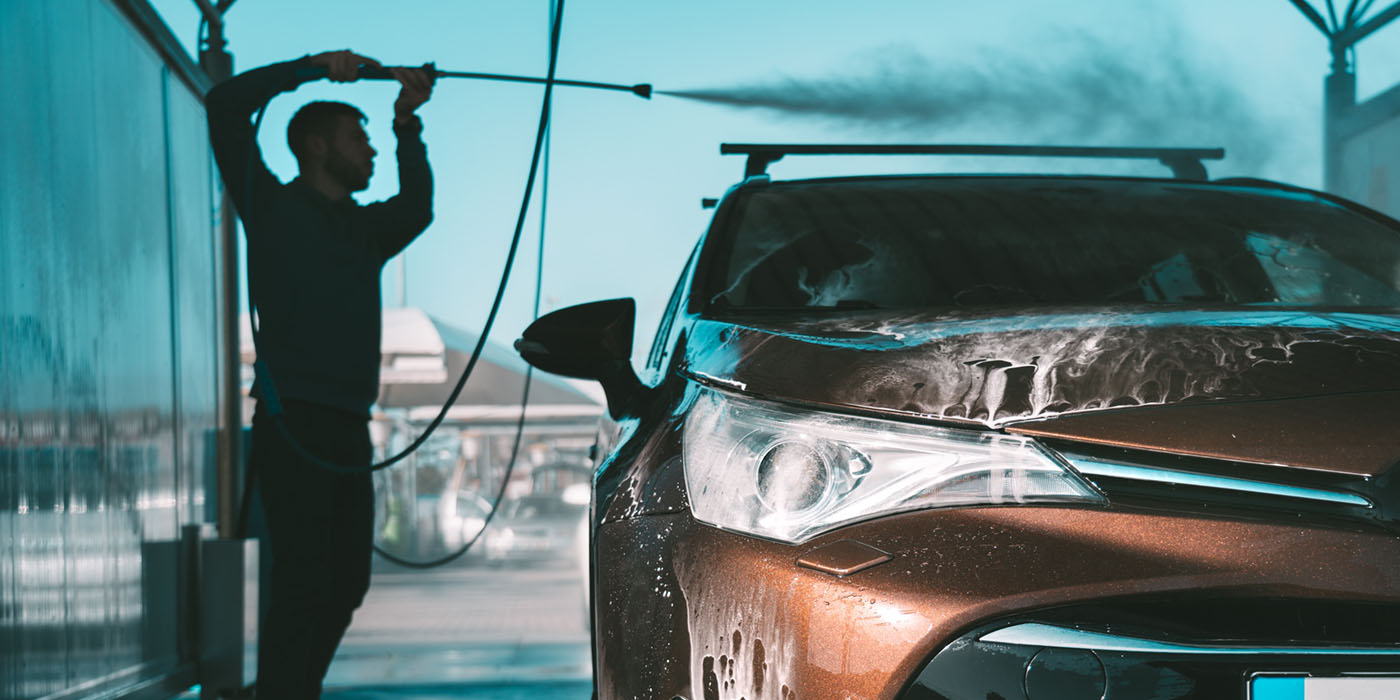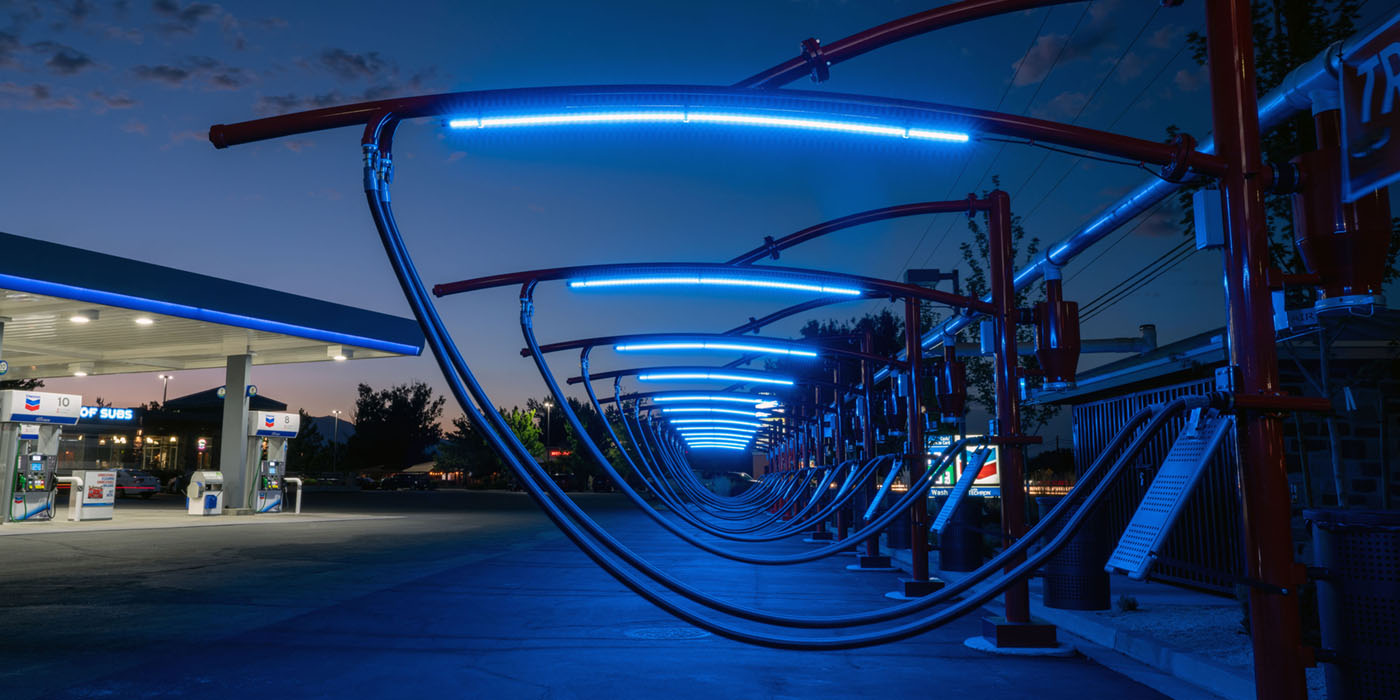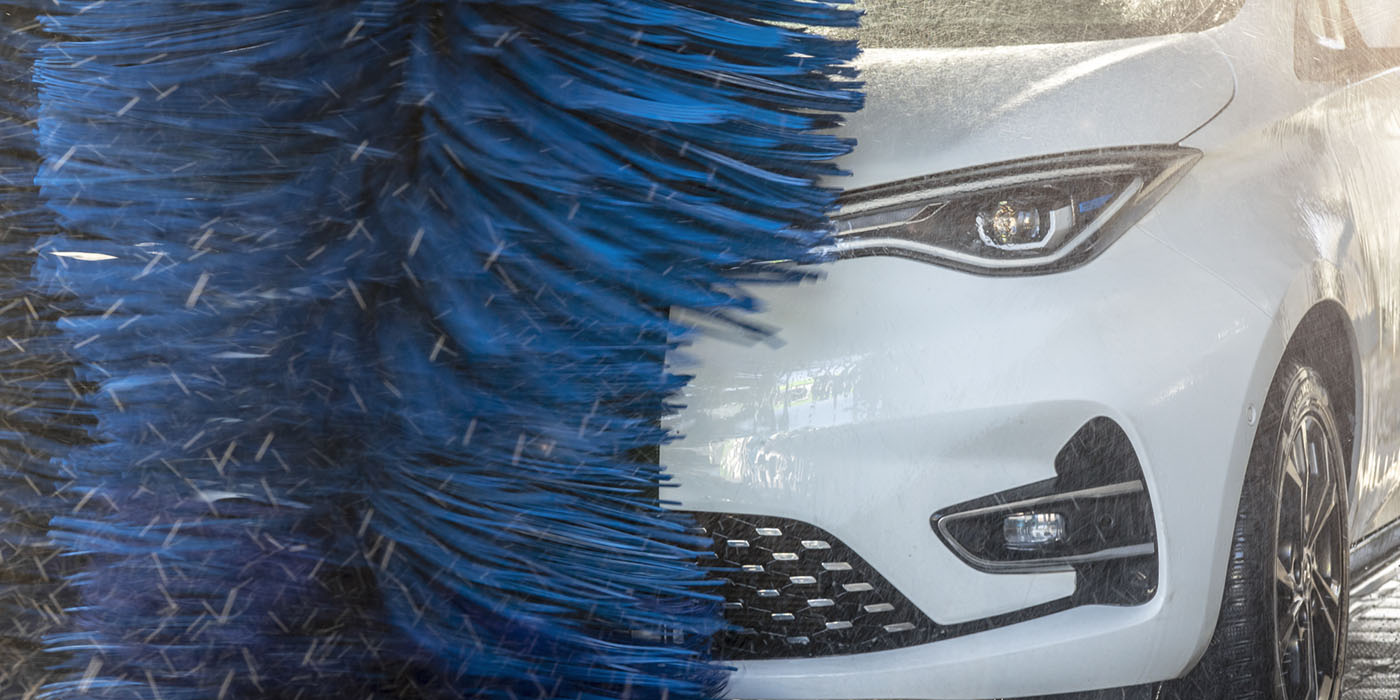Variable Frequency Drives (VFDs) allow you to change the speed of motor-driven equipment to meet the process requirement. VFDs gradually ramp the motor up to operating speed to lessen mechanical and electrical stress, reducing maintenance and repair costs, and extending the life of the motor and the driven equipment. A VFD can be programmed to run a motor at a precise speed, to stop more quickly, or to apply a specific amount of torque. The energy savings potential with variable torque is much greater than that of constant torque. A transducer can be used to detect process variables such as pressure levels, liquid flow rate, air flow rate, or liquid level to optimize motor RPM.
You may be thinking this is all very interesting (or not), but how does it affect me, a carwash operator? The application of VFDs within the car wash tunnel has huge implications. You can deliver a better carwash by improving quality, and providing a better customer experience … with the added benefit of reducing utility, maintenance and damage costs.
How to start a carwash Tip #1: Understanding OSHA enforcement: What are the advantages?
- Improved equipment performance
- Energy savings
- Increased system reliability
- Reduced downtime
- Lower maintenance
- Smoother operation—less wear and tear
How to start a carwash Tip #2: What is your electrical demand?
Every electric bill that your facility receives includes charges for electric demand. Demand charges are based on the peak demand (maximum rate of electricity consumption in kilowatts (kW) at your facility each month over a specific time interval, typically 15, 30 or 60 minutes. The higher the peak consumption over the demand interval, the more you will pay in electric demand charges on your bill. UsingVFDs on your motors reduce current draw during start-up, reducing demand, lowering the demand portion of your electric bill. The VFD can be configured to eliminate inrush on blowers and vacuum motors. Inrush can be limited to normal state operating amperage.
How to start a carwash Tip #3: Gaining control
By combining pressure transducers with your VFDs, you can control the high pressure pumps on your wheel blasters and the pressure applied to the side of the car. There is no one ideal pressure setting that will handle both wheels and body panels. For example, the noise caused by 800 psi on body panels and doors is disturbing to customers but typically isn’t sufficient pressure to clean wheels. To apply 1100 psi to clean wheels can cause damage to pinstripes and accents. With VFDs, you can boost pressure to 1100 psi on the wheels and then decrease it to 500 PSI on the body of the car. The VFD improved your ability to clean wheels and tires while customers experience quieter cleaning on doors, and there’s little to no damage to pinstripes and accents. The pressure transducer eliminates the need to bypass 20 percent of the water with an unloader. The pump will run 15-20 percent slower than full RPM saving usage on your electric bill. By operating the pump and motor at only the RPMs needed to clean reduces maintenance and electric expenses.
How to start a carwash Tip #4: Hydraulic control
Currently, at higher chain speeds flex wraps have difficulty adjusting between large and small vehicles requiring that prep be used to help clean the front and rear of vehicles. The higher chain speed creates loud drum rolls on customers’ cars and can cause damage to mirrors and antennas. Hydraulic control provided through the use of VFDs ensures the wraps are running at the correct RPM for optimum performance. The correct RPM will sound better on the vehicle creating a better customer experience and will reduce damage. Controlling the speed of the wraps, changing the RPM of the motor, and removing all the proportionating equipment can reduce electrical usage by 1/3, reducing utility cost. Less power consumption means less heat, cooler oil means lubricants in the oil don’t break down and hydraulic seals last longer.
How to start a carwash Tip #5: Variable drying power
Improving the dryers or blowers at your wash is critical to providing a great customer experience. Currently, most car washes have the ability to either run blowers at full force or shut them off entirely. Adding VFDs to your blowers provides enhanced performance. You can add additional settings for specific situations. Use 70 percent drying for pickup beds to provide some drying without blowing debris out onto the next vehicle. Run blowers at lower speeds for convertibles to get some drying results while avoiding excessive turbulence and damage. Set an idle speed at 50% between cars and then program for a slow startup to avoid inrush. You benefit by providing a better customer experience and by significantly reducing both inrush and usage on your electric bill.
How to start a carwash Tip #6: Vacuum performance
Do not overlook the performance of your central vacuums. The cost of operating vacuums is typically the second most expensive wash component next to the blowers. It is common for vacuums to provide inconsistent suction due to employees not shaking out bags regularly. Insufficient suction is dissatisfying for customers.
Improve the performance of central vacuums by installing a VFD with a vacuum transducer on the customer side of the vacuum bags. Now you can operate the turbine to produce a constant 55” of lift (optimal suction for cleaning carpets). As bags get dirty, or more customers use the vacuums, the motor speeds up to maintain 55” of lift. When there are fewer customers the motor slows down. You’ll always have optimal suction to provide customers with the satisfaction of repeatable quality. The turbine operates below full speed reducing electrical usage. And, inrush is reduced sparing on-demand fees.
How to start a carwash Tip #7: VFDs vs. motor starters
Motor starters work at high inrush and run motors and loads at full speed. VFDs limit inrush, saving on power. They limit operating RPM, saving usage as equipment RPM adjusts for specific parts of a vehicle.
Ethernet, not relays, can be used to control VFDs. Modbus over Ethernet simplifies installation and reduces electrical installation costs. Modbus over Ethernet also provides control and diagnostics, also the ability to remotely connect to, monitor and service your wash. The future of car washing is repeatable quality with less cost. This is only possible through more automation.
Incorporating VFD technology into your car wash provides a significant advantage over your competition. Improving your car wash’s value proposition by delivering a consistently cleaner car and a better customer experience–while reducing cost–insures a quick return on investment. The positive effect this will have on your customers and bottom line will be long lasting.
Jeff LaBarre is the Communications Manager at Innovative Control Systems Inc. He can be reached at [email protected]. For more information on Innovative Control Systems visit www.icscarwashsystems.com or call 800-642-9396.

